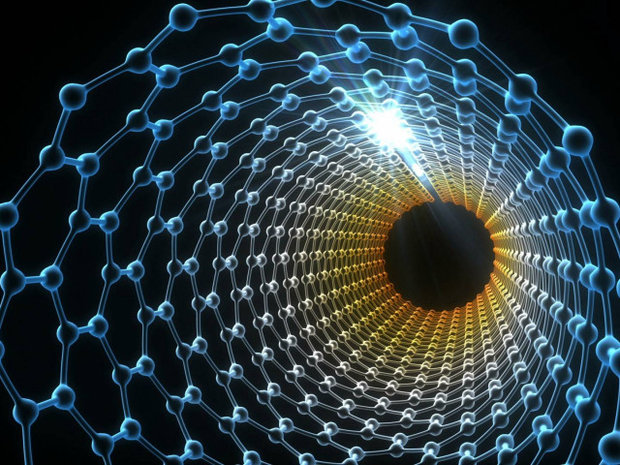According to Iran Nanotechnology Initiative Council (INIC), the obtained experimental results are reported to be employed in nanoelectronics, drug delivery systems, and water treatment.
The uniform dispersion of carbon nanotubes (CNTs) in polymers and liquid beds are difficult to achieve. Using a leopard skin-like structure is shown to enhance the interfacial adhesion of CNTs and the matrix and boosts the mechanical strength of the nanocomposites through the modified dispersion.
This approach is applied for the PMMA/PAN polymer mixture in which CNTs are superficially modified through a leopard skin-like structure. In fact, the modified regions on the nanotubes resemble the leopard skin. Such an architecture may improve the interfacial strength of the matrix and CNTs and give rise to a high-strength polymer matrix nanocomposites.
One can control this structure and employ that in drug delivery applications. Additionally, the coagulation and aggregation of CNTs are effectively suppressed.
According to this research work, one of the main challenges of CNTs in polymeric matrices is their sedimentation in aqueous media after a short time. It is while the leopard skin-like conformation of CNTs increases the stability of CNT-containing solvents by six months.
This study had arisen from a common attempt by Dr. Mohammad Mehdi Abolhasani (faculty of Kashan University), Kamran Shiravani Moghaddam (Ph.D. candidate at Deakin University, Australia), Dr. Hamid Khayam and Dr. Minoo Nayebe (researchers at Deakin University). The obtained results were published in the Journal of “Composites: Part A” (IF: 4.075, vol. 95, 2017, p. 304-314).
MS/PR
























Your Comment